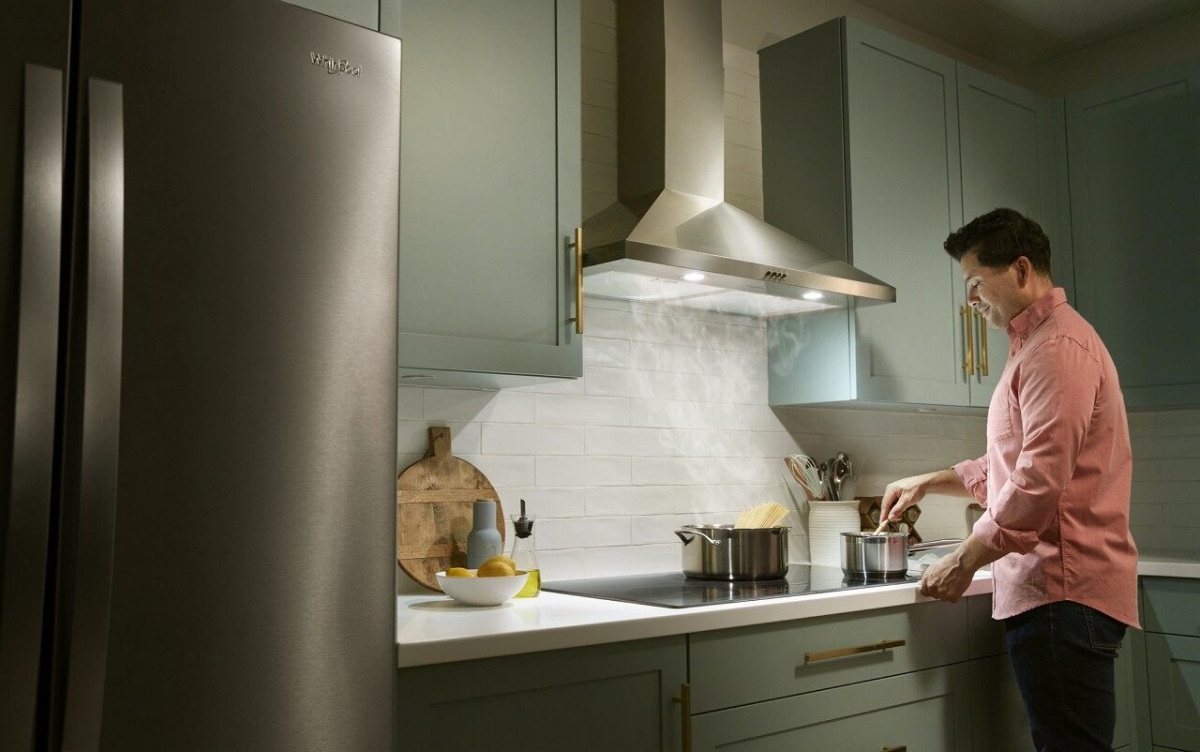

Articles
How To Tell If Range Hood Is Ducted
Modified: August 17, 2024
Discover how to determine if your range hood is ducted or not with articles and guides on proper ventilation.
(Many of the links in this article redirect to a specific reviewed product. Your purchase of these products through affiliate links helps to generate commission for Storables.com, at no extra cost. Learn more)
Introduction
A range hood is an essential appliance for any kitchen, as it helps to remove smoke, grease, and odors from the air while cooking. It is available in different types, including ducted and ductless range hoods. In this article, we will focus on the ducted range hood and discuss how to tell if your range hood is ducted.
A ducted range hood, also known as a vented range hood, is a type of range hood that requires a duct system to expel the air outside the house. It is designed to efficiently remove pollutants and airborne particles from the kitchen and channel them through a duct, preventing them from recirculating back into the room.
Nowadays, many homeowners prefer ducted range hoods over ductless ones because of their superior performance in terms of air quality and ventilation. In this article, we will explore the benefits of using a ducted range hood, discuss the signs that indicate a range hood is ducted, and provide guidance on how to confirm if your range hood is ducted or not.
Key Takeaways:
- Ducted range hoods offer superior air quality and ventilation by efficiently removing pollutants and odors from the kitchen, creating a healthier and more pleasant cooking environment.
- Signs such as visible ductwork and exterior ventilation can help confirm if your range hood is ducted, ensuring optimal performance and maintenance for a clean and fresh kitchen.
Read more: How To Install A Ductless Range Hood?
What is a ducted range hood?
A ducted range hood is a type of kitchen appliance that is installed above the cooking surface to capture and remove airborne particles, smoke, and cooking odors. Unlike ductless range hoods, which recirculate the air back into the kitchen after passing through filters, ducted range hoods expel the air outside the house through a ventilation system.
The primary function of a ducted range hood is to improve the air quality in the kitchen by effectively removing smoke, steam, grease, and odors generated during cooking. It accomplishes this through a combination of mechanical extraction, filtration, and ventilation.
When the range hood is turned on, it creates a localized airflow above the cooking surface. The airflow is generated by a powerful fan located inside the range hood. This fan draws in the contaminated air, capturing it in a mesh or baffle filter, thereby trapping grease particles and large particles from the smoke.
The captured air then passes through the ductwork, a series of pipes designed to transport the air from the range hood to the outside of the house. The ductwork is typically installed in the wall, ceiling, or attic, depending on the kitchen’s layout and configuration.
At the end of the ductwork, there is an exterior vent or exhaust hood, which is usually located on an external wall or the roof. This is where the contaminated air is expelled outside, effectively removing it from the kitchen and preventing it from recirculating inside the house.
Overall, the process of a ducted range hood involves capturing the contaminated air, filtering it to remove grease and large particles, and then venting it outside through the duct system, ensuring a clean and fresh kitchen environment.
Benefits of a ducted range hood
Investing in a ducted range hood for your kitchen comes with numerous benefits. Let’s explore the advantages of using a ducted range hood over other types of range hoods.
Improved air quality
A ducted range hood significantly improves the air quality in your kitchen by effectively removing smoke, steam, grease, and other airborne particles. By capturing these pollutants at the source and venting them outside, a ducted range hood prevents them from circulating in the kitchen and spreading to other areas of your home. This helps to maintain a clean and healthy indoor environment while reducing the risk of respiratory issues and allergies.
Efficient ventilation
One of the key benefits of a ducted range hood is its superior ventilation capabilities. The ductwork in the range hood allows for a more efficient and powerful extraction of air compared to ductless range hoods. The captured air is not recirculated back into the kitchen but instead is expelled outside the house. This ensures that all the pollutants and odors are effectively removed, ensuring a clean and fresh atmosphere in the kitchen.
Read more: How To Install Ductwork For Range Hood
Reduced odors and pollutants
Another significant advantage of a ducted range hood is its ability to eliminate cooking odors and pollutants from your kitchen. The strong suction power of the range hood’s fan, combined with the venting system, effectively removes unpleasant smells and prevents them from lingering in your kitchen. This is particularly beneficial when cooking foods with potent odors, such as fish or fried dishes. By removing these odors, a ducted range hood helps to keep your kitchen smelling fresh and inviting.
Overall, a ducted range hood offers several benefits, including improved air quality, efficient ventilation, and reduced odors and pollutants. It provides a more effective solution for removing smoke, steam, grease, and cooking odors from your kitchen, creating a healthier and more pleasant cooking environment.
Signs that indicate a range hood is ducted
If you’re unsure whether your range hood is ducted or not, there are several signs to look out for. These indicators can help you determine if your range hood is equipped with a ducting system. Here are three common signs that suggest your range hood is ducted:
Presence of ductwork
A clear indication that your range hood is ducted is the presence of ductwork in your kitchen. Ductwork consists of a series of pipes or channels that transport the air from the range hood to the outside of your house. To confirm if your range hood is ducted, check if there are visible pipes or vents connected to the back of the range hood leading to an exterior wall or the roof. These pipes are usually made of metal or flexible aluminum. If you can see ductwork, it is a strong indication that your range hood is ducted.
Ventilation to the outside
Another reliable sign of a ducted range hood is the ventilation to the outside of your house. Ducted range hoods are designed to expel the captured air outside, rather than recirculating it back into the kitchen. If you notice an exhaust vent on an exterior wall or the roof near your range hood, it suggests that your range hood is ducted. This vent provides an outlet for the ducted range hood to remove the extracted air, ensuring proper ventilation and preventing it from circulating inside your home.
Read more: How To Install An Under Cabinet Range Hood?
Lack of recirculation option
Ducted range hoods do not have a recirculation option, as they are specifically designed to exhaust the air outside. If you have a range hood without a recirculation function, it is more likely to be a ducted model. Recirculating range hoods typically have additional filters to purify the air before recirculating it back into the kitchen. However, ducted range hoods do not require these extra filters, as the ducting system allows for the direct expulsion of the air outside.
By observing the presence of ductwork, the ventilation to the outside, and the absence of a recirculation option, you can determine if your range hood is ducted. However, if you are still unsure, it is recommended to consult the user manual or seek professional assistance to confirm the type of range hood you have.
How to confirm if your range hood is ducted
If you want to confirm whether your range hood is ducted or not, there are a few methods you can use to determine the type of ventilation system it utilizes. Here are three ways to confirm if your range hood is ducted:
Visual inspection
A simple way to determine if your range hood is ducted is through a visual inspection. Start by examining the back of the range hood for any visible ductwork. Look for metal or aluminum pipes or vents connected to the range hood and leading to an exterior wall or the roof. If you can see ductwork, it is a strong indication that your range hood is ducted. Additionally, check for an exterior exhaust vent on an exterior wall or the roof near the range hood. This vent serves as an outlet for the ducted range hood to expel the extracted air outside.
Checking the user manual
Another way to confirm if your range hood is ducted is by referring to the user manual provided by the manufacturer. The user manual should contain detailed information about the features and specifications of the range hood, including whether it is a ducted or ductless model. Look for sections or diagrams that explain the installation process, ventilation requirements, or ductwork connections. If the user manual specifically mentions the use of ducts or an external exhaust system, it confirms that your range hood is ducted.
Read more: How To Replace A Range Hood
Consulting a professional
If you are still uncertain about the ventilation system of your range hood, it is advisable to consult a professional. A licensed HVAC technician or a kitchen appliance specialist can assess your range hood and provide a definitive answer. They have the expertise to identify the type of ventilation system used in your range hood and can offer guidance on any modifications or adjustments needed. By consulting a professional, you can ensure accurate information about your range hood’s ducting status.
By performing a visual inspection, checking the user manual, or seeking professional advice, you can confirm if your range hood is ducted. Knowing the type of ventilation system your range hood utilizes is essential for proper maintenance, performance, and efficient operation.
Advantages of ducted range hoods over ductless ones
When choosing a range hood for your kitchen, it’s important to consider the type that will best suit your needs. While both ducted and ductless range hoods have their advantages, ducted range hoods offer several key benefits that make them a popular choice. Here are three advantages of ducted range hoods over ductless ones:
Higher performance
Ducted range hoods generally offer higher performance compared to ductless ones. The ductwork in ducted range hoods allows for efficient and powerful extraction of air, effectively removing smoke, grease, and cooking odors from the kitchen. By venting the extracted air outside, ducted range hoods provide a more thorough and effective solution for improving air quality and maintaining a clean environment. The higher performance of ducted range hoods ensures that airborne pollutants are effectively captured and expelled, providing better overall ventilation for your kitchen.
Better removal of smoke and grease
Ducted range hoods are known for their superior ability to remove smoke and grease from the kitchen. The combination of a powerful fan and the ducting system enables ducted range hoods to efficiently capture and remove smoke particles and grease vapors generated during cooking. The ductwork allows for the direct expulsion of these contaminants outside, preventing them from recirculating back into the kitchen. This results in cleaner walls, ceilings, and appliances, reducing the risk of grease buildup and improving the overall cleanliness of the kitchen.
Read more: How To Install Range Hood Backdraft Damper
Better overall kitchen ventilation
One of the main advantages of ducted range hoods is their ability to provide better overall kitchen ventilation. By venting the air outside, ducted range hoods effectively remove odors, pollutants, and excess heat, improving indoor air quality and creating a more comfortable cooking environment. The constant extraction of contaminated air ensures that fresh air is circulated in the kitchen, preventing the accumulation of unpleasant odors and maintaining a pleasant atmosphere. Ducted range hoods also help to prevent condensation and moisture buildup, reducing the risk of mold and mildew growth in the kitchen.
Overall, ducted range hoods offer higher performance, better removal of smoke and grease, and improved overall kitchen ventilation compared to ductless range hoods. Their ability to efficiently extract and expel contaminated air outside makes them a preferred choice for those who prioritize effective air purification and maintenance of a clean and fresh kitchen environment.
Conclusion
A ducted range hood offers several advantages over its ductless counterpart when it comes to enhancing the functionality and air quality in your kitchen. By effectively removing smoke, grease, and odors and venting them outside through a ducting system, ducted range hoods provide superior performance, better removal of pollutants, and improved overall kitchen ventilation.
When determining if your range hood is ducted, you can look for signs such as the presence of visible ductwork, the existence of ventilation to the outside, and the absence of a recirculation option. Additionally, you can refer to the user manual or consult a professional to confirm the type of range hood you have.
Once you have confirmed that your range hood is ducted, you can enjoy the benefits it offers. The higher performance of a ducted range hood ensures thorough air extraction, resulting in cleaner and fresher indoor air. The efficient removal of smoke and grease helps maintain a clean kitchen environment while reducing the risk of grease buildup on surfaces and appliances. Better overall kitchen ventilation prevents the accumulation of odors and excess heat, creating a more comfortable and enjoyable cooking experience.
In conclusion, if you prioritize optimal air quality, efficient ventilation, and the removal of smoke, grease, and odors from your kitchen, a ducted range hood is a great choice. It provides a powerful and effective solution to keep your kitchen fresh, clean, and free from pollutants. Consider investing in a ducted range hood to enhance both your cooking experience and the overall comfort of your home.
Curious about optimizing kitchen space? After ensuring your range hood is properly ducted, why not delve deeper into kitchen layout efficiency? Our next guide offers invaluable insights from a top designer who reveals secrets on getting storage spot on. You'll find practical strategies that transform cooking areas into models of functionality and style. Don't miss out on these expert tips to elevate your kitchen's design.
Frequently Asked Questions about How To Tell If Range Hood Is Ducted
Was this page helpful?
At Storables.com, we guarantee accurate and reliable information. Our content, validated by Expert Board Contributors, is crafted following stringent Editorial Policies. We're committed to providing you with well-researched, expert-backed insights for all your informational needs.
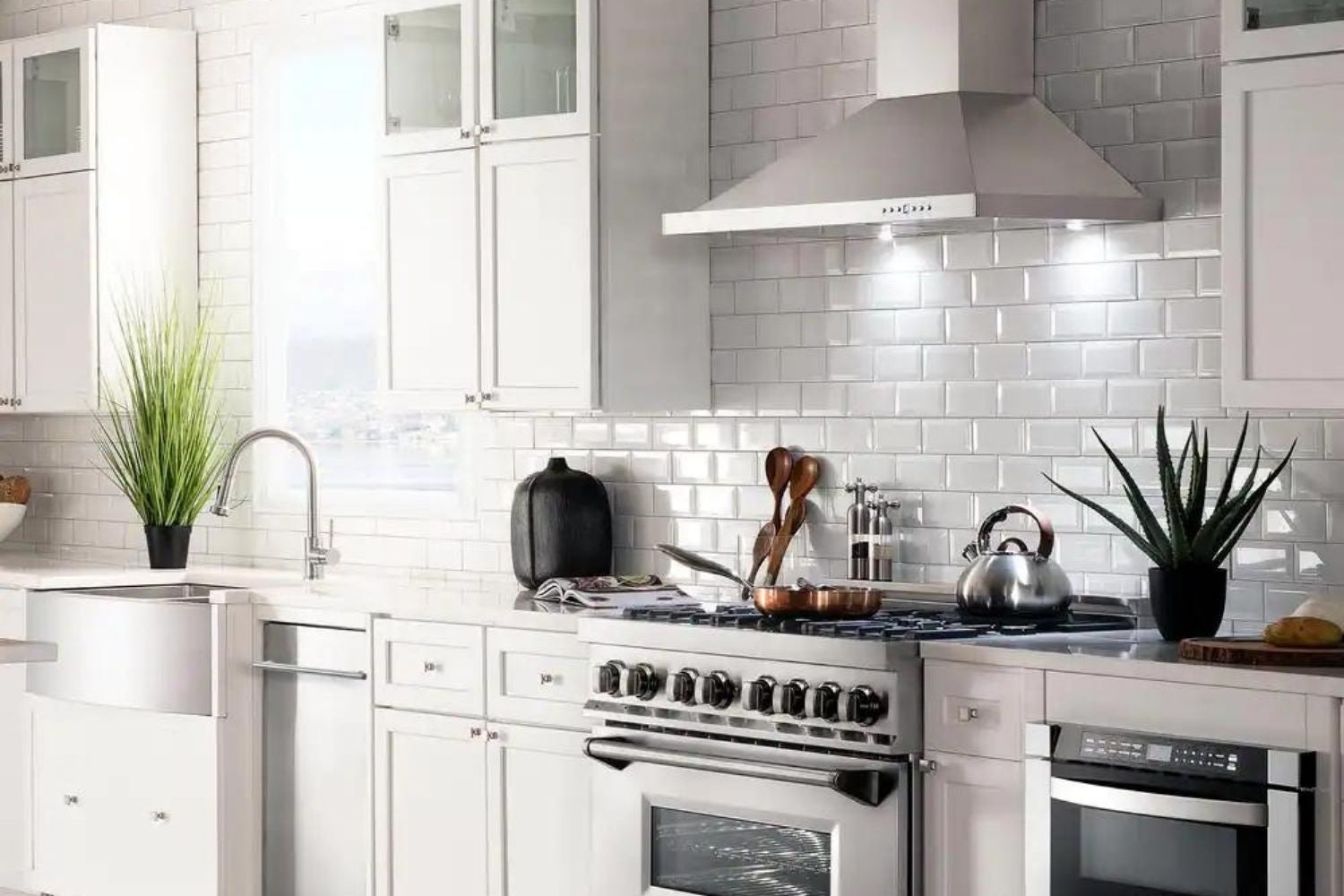

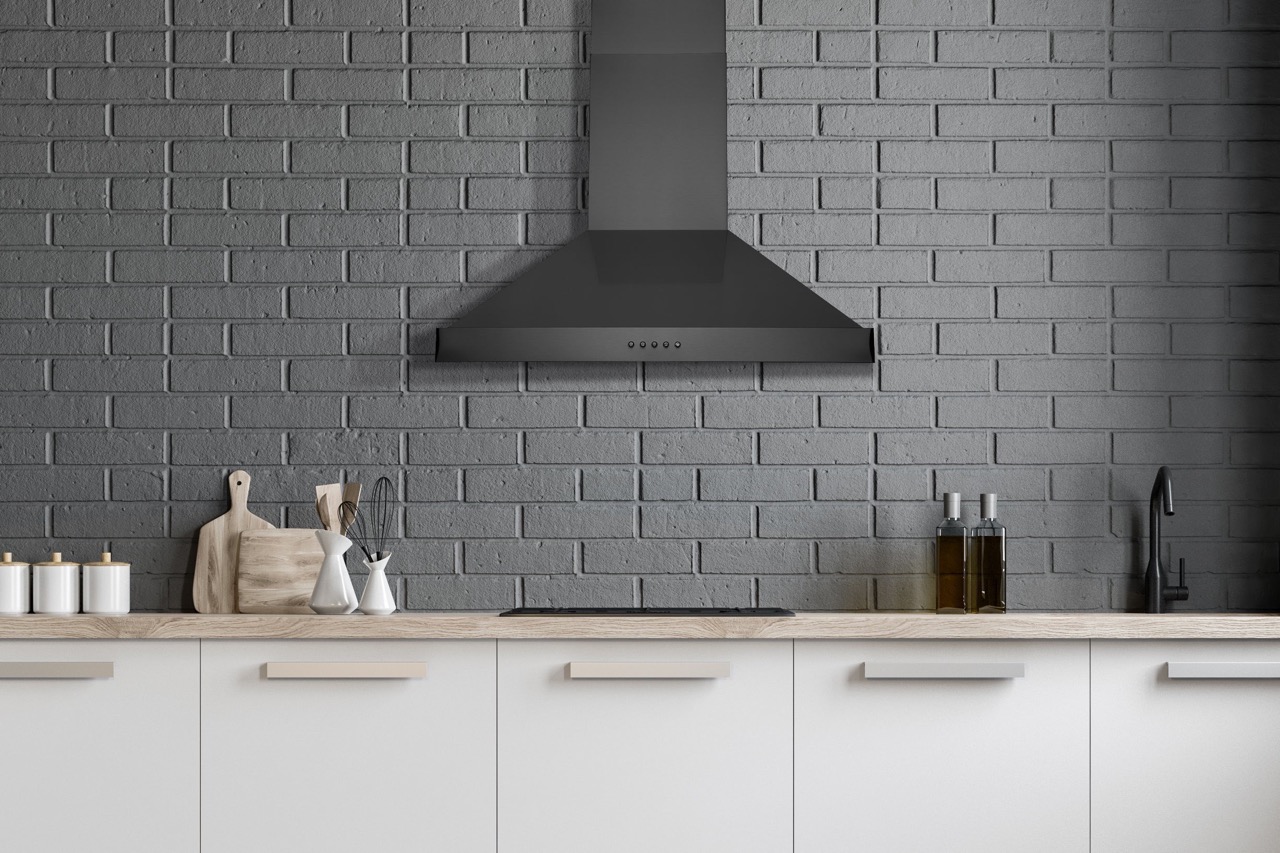
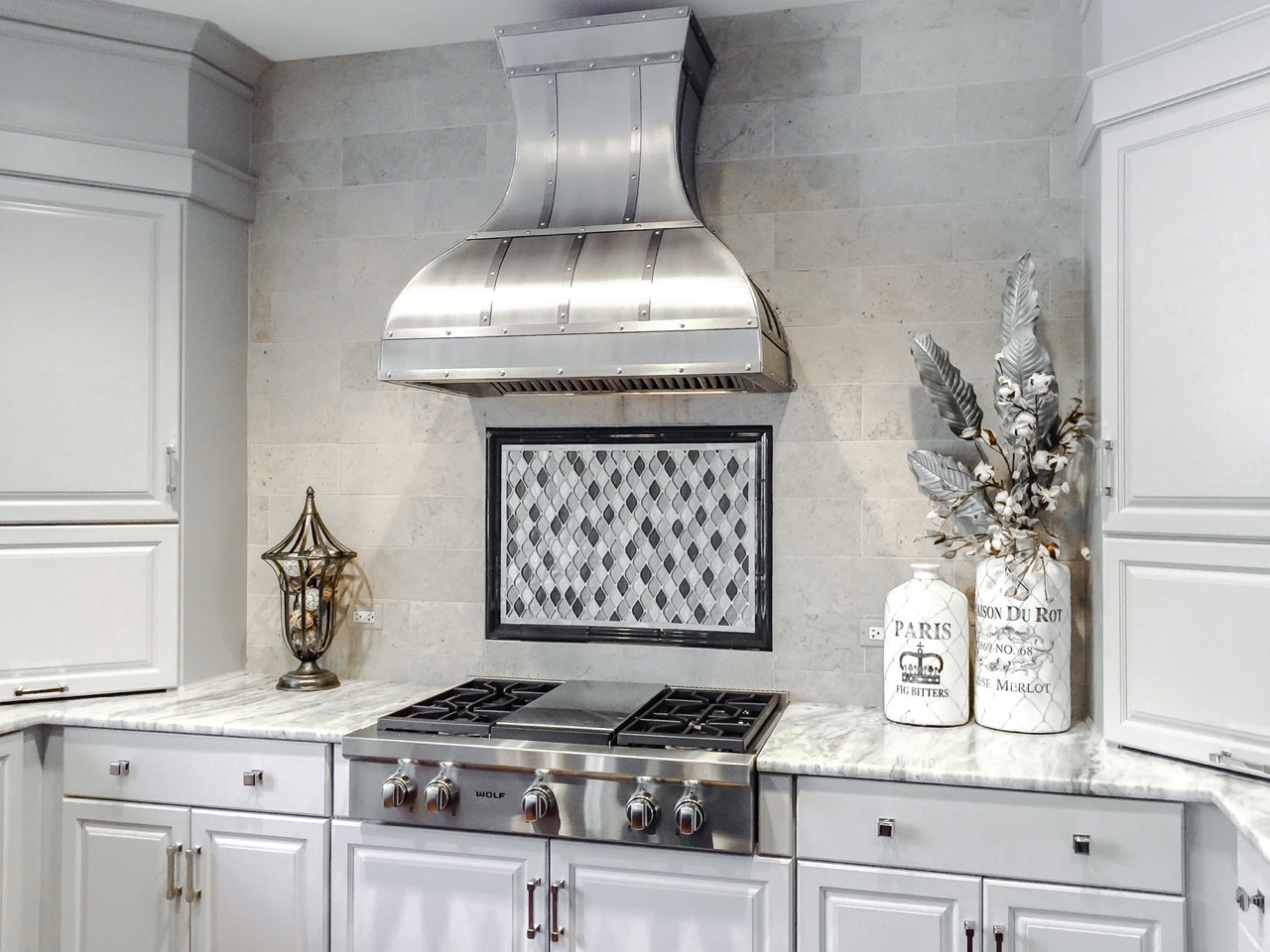
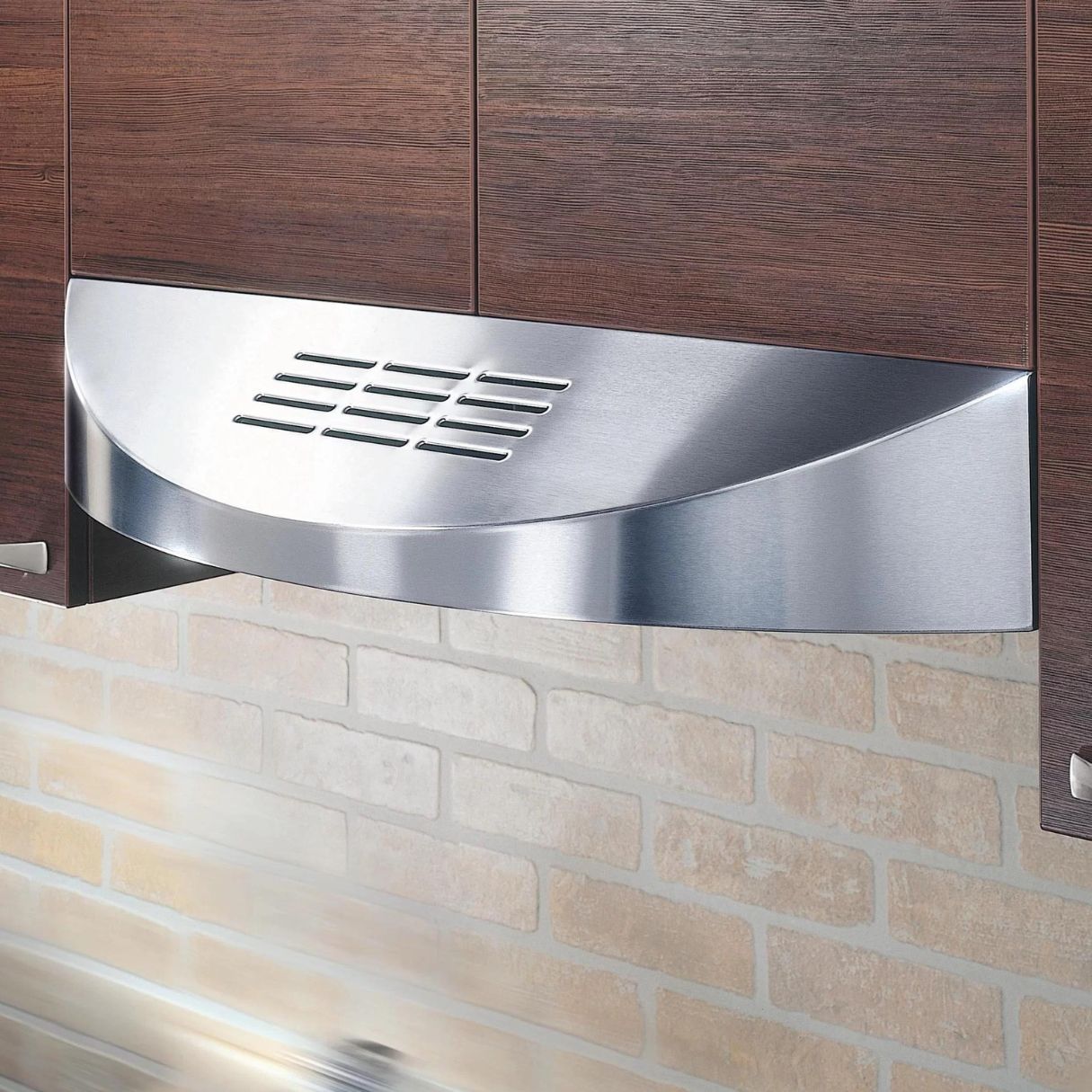
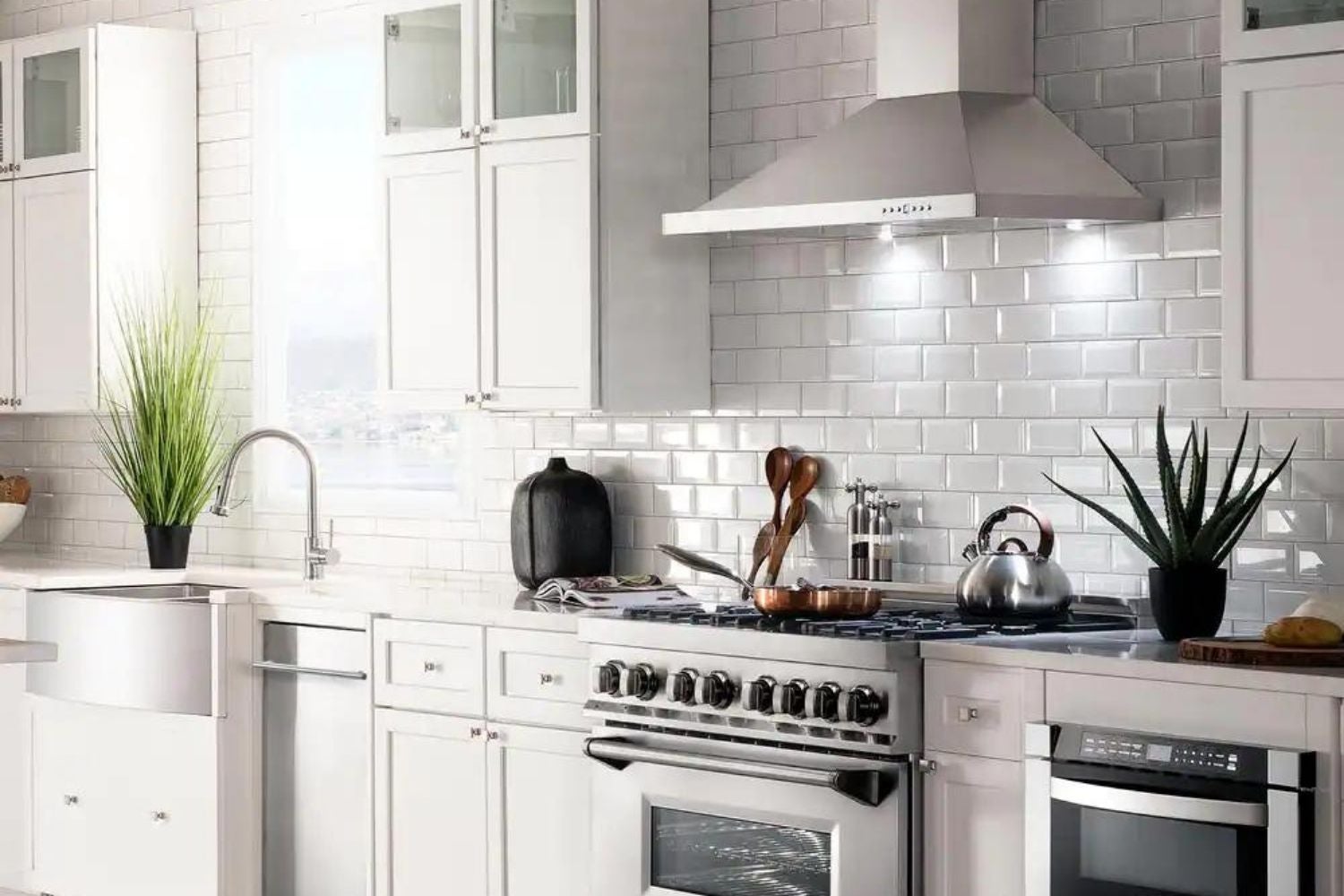
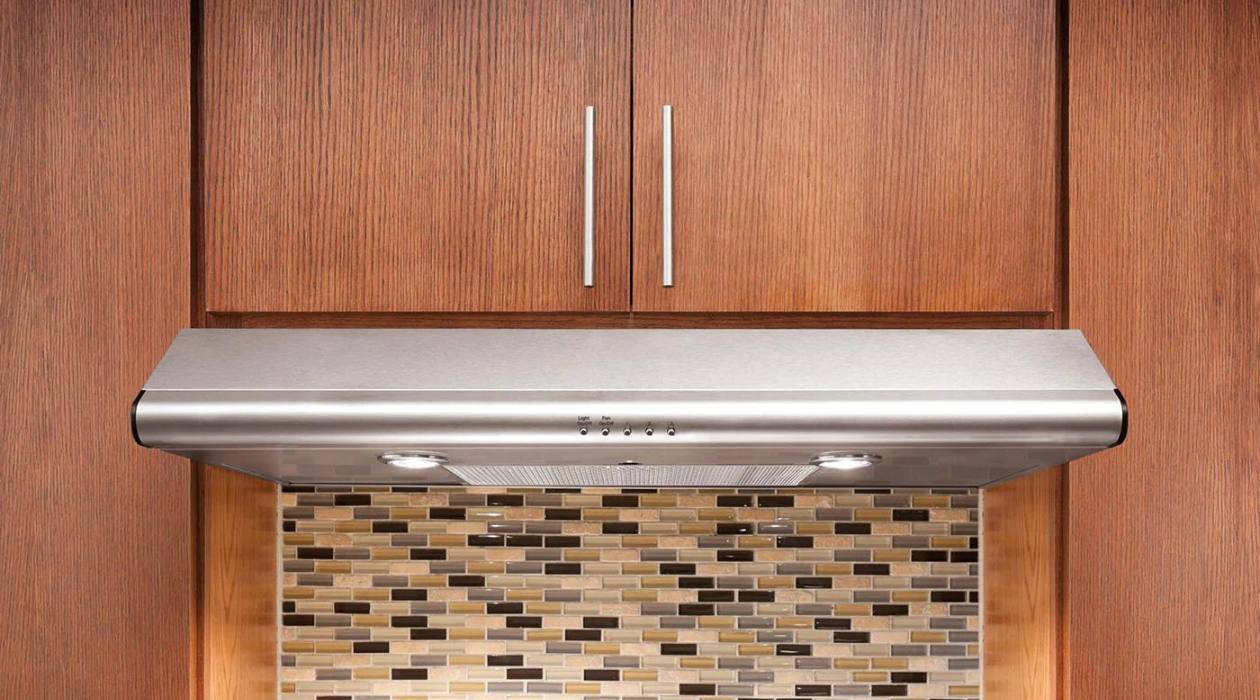
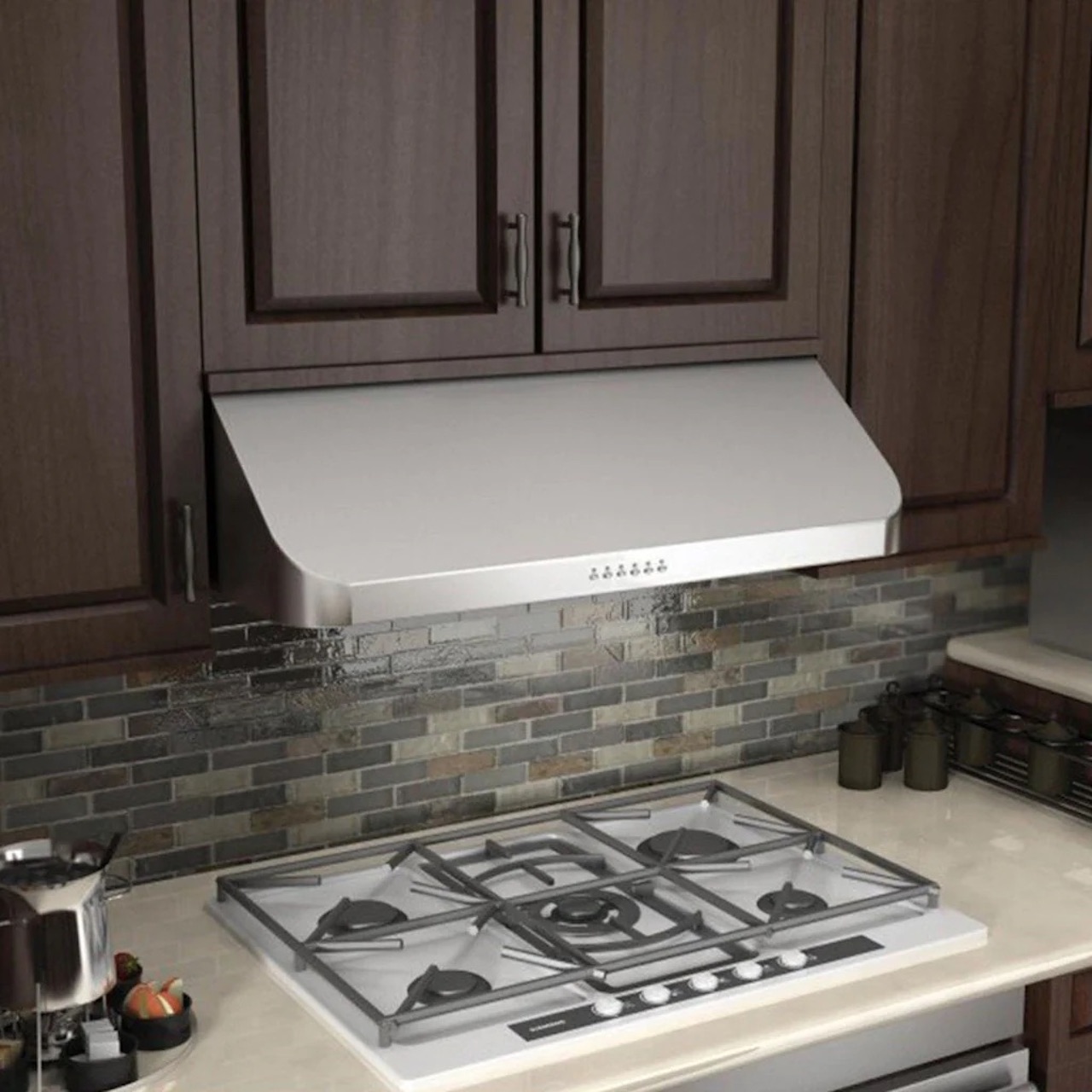
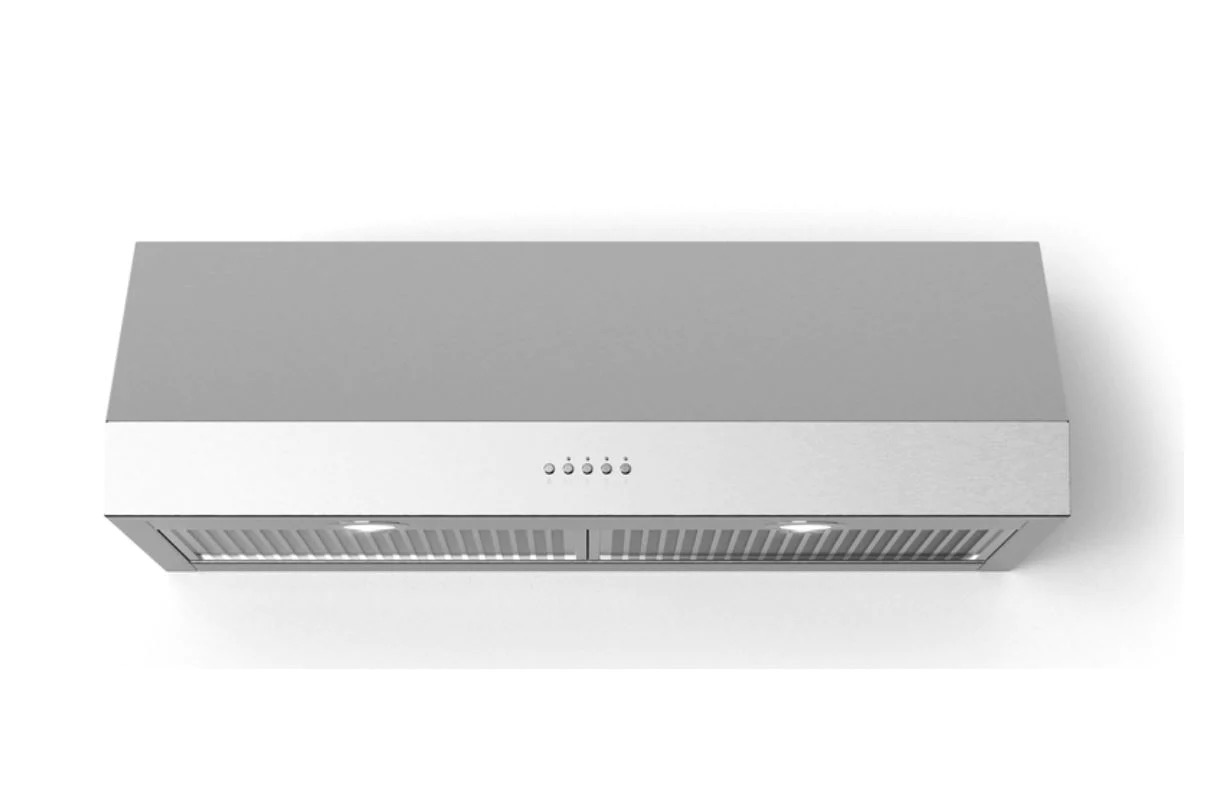
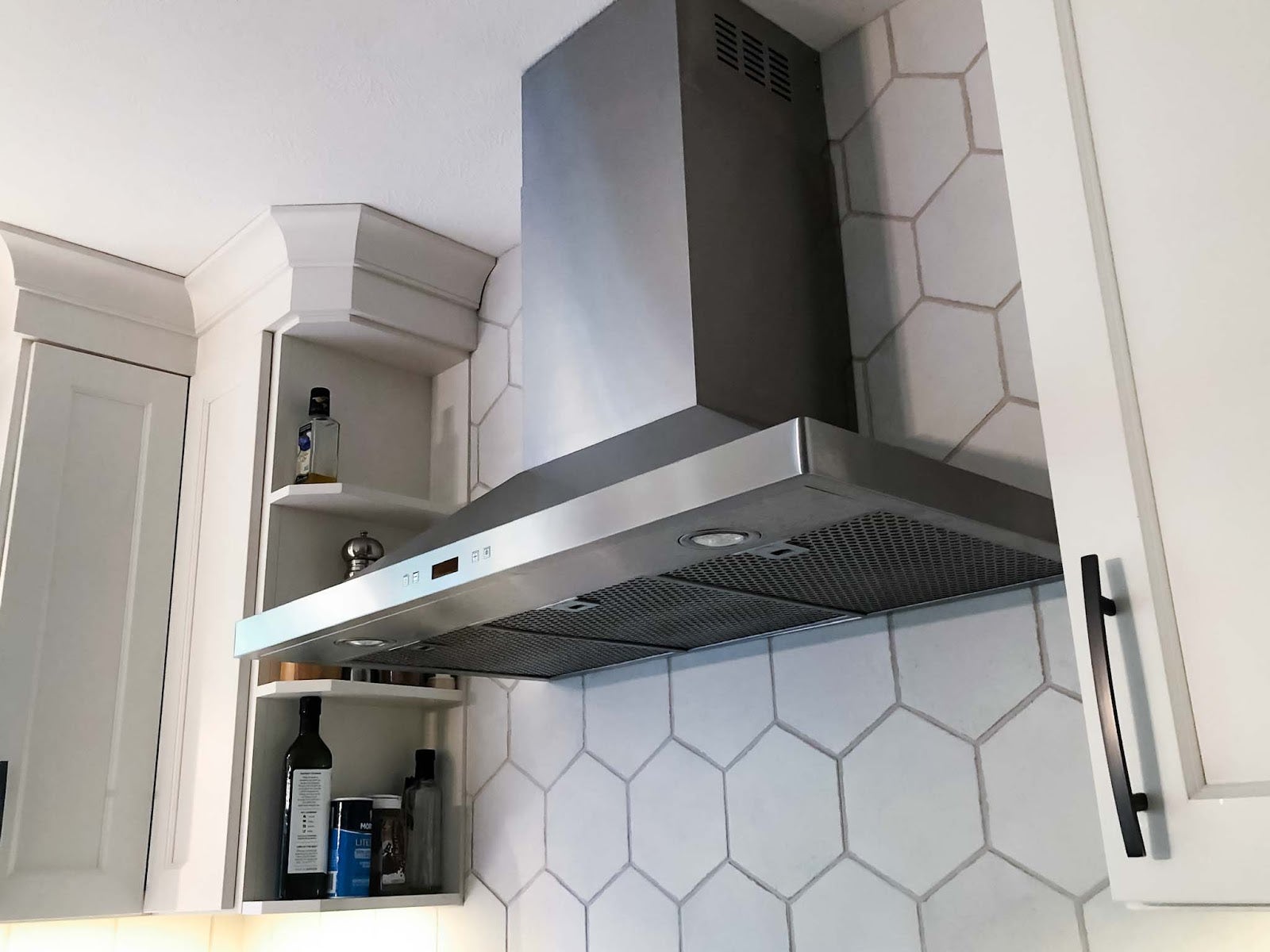
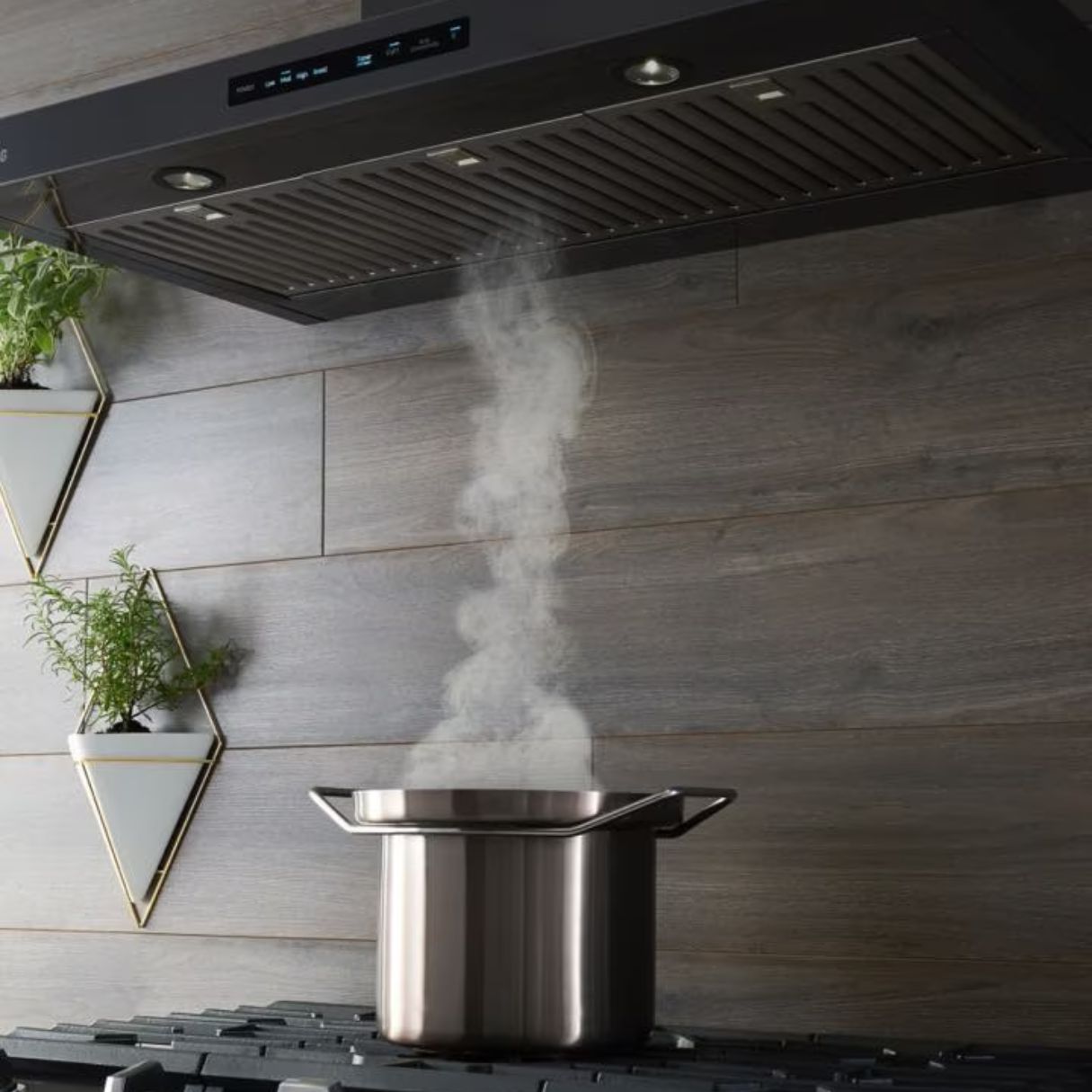

0 thoughts on “How To Tell If Range Hood Is Ducted”